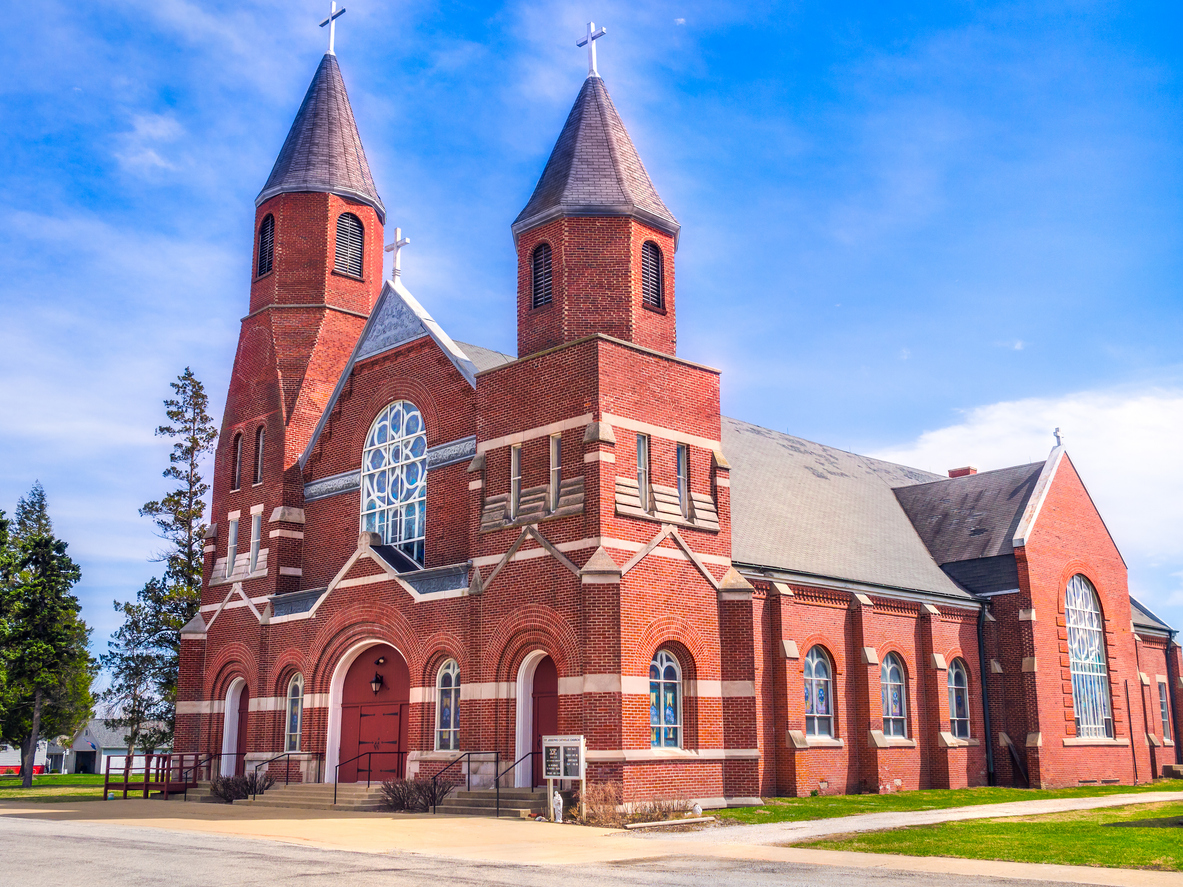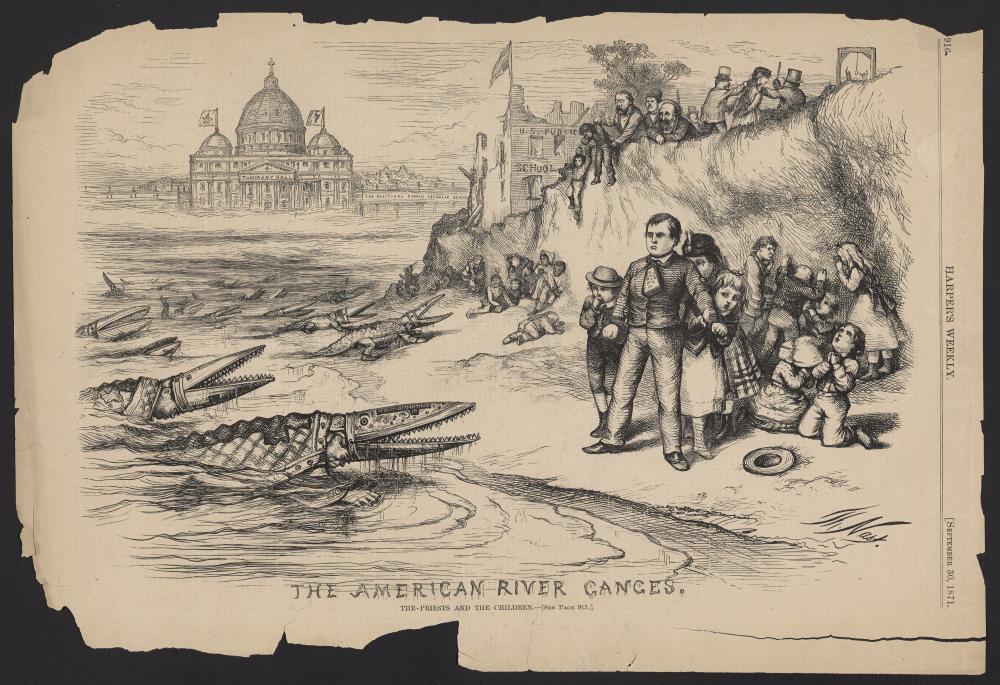What Do Faith-Based Nonprofits Need to Know About State of Emergency Laws?
At the height of the Covid-19 epidemic, there were many fights concerning the rights and priorities of religion. State legislators scrambled to pass laws on mass gatherings, often banning large group gatherings, purportedly in an effort to slow the spread of the virus. Vaccine rollouts in many states classified members of the clergy as nonessential. Churches and other religious gatherings were caught in the crosshairs of the lawmakers’ plans and were forced to shut their doors to worshippers.
As the legal battles over the fate of churches during a pandemic dragged on, a number of states passed protections to keep churches free to remain open during emergencies. Napa Legal’s Faith and Freedom Index has collected data about the legal landscape surrounding these protections in each state and analyzed what it means for churches and other religious organizations.
Supreme Court Precedent
Before considering particular state laws, surveying court decisions on religious liberty (and more specifically, the ability of religious organizations to minister during emergency situations) helps shed some light on the contexts of the state legislation in this area. Covid-related litigation provided a flurry of court victories for religious organizations, including at the Supreme Court—which issued, among other things, two important injunctions to protect religious gatherings.
In Tandon v. Newsom1, the Court ruled in favor of a California pastor whose church was holding prayer meetings and Bible studies in private homes. California had attempted to restrict the church’s gatherings as part of its scheme to restrict all gatherings inside a home to three households. However, the Court found that, because there were no limitations on outdoor activities, such as public transportation, personal care stores (like salons), or government offices, California’s restriction was treating religious gatherings less favorably than secular activities—and, as such, was not a neutral and generally applicable restriction. In light of the Court’s previous decision in Employment Division v. Smith2, the justices found that California’s law likely did not satisfy strict scrutiny and was likely unconstitutional.
And in Roman Catholic Diocese of Brooklyn, New York v. Cuomo3, the justices lifted New York Governor Andrew Cuomo’s executive order that restricted the number of people who could attend a worship service. The diocese, together with two Orthodox Jewish synagogues, petitioned the Court to halt the governor’s restrictions; the Court granted the petition. In its unsigned opinion, the Court stated that the restriction “single[s] out houses of worship for especially harsh treatment,”4 and, thus, is not neutral and generally applicable. Like in Tandon, the Court found that the restriction has to satisfy strict scrutiny and that the restriction ultimately did not do so in this case because it was not the least restrictive means to minimize the public risk of attending a worship service.5 The Court concluded “that enforcement of the Governor’s severe restrictions on the applicants’ religious services must be enjoined.”6
State Legislation: Constitutional Amendment versus Statutory Protections
Considering the Supreme Court case law on religious organizations ministering during emergencies, some state lawmakers have taken action to protect houses of worship and other organizations. The two avenues employed are statutory protections, in which the legislators pass a bill signed by the governor, and the (much stronger) protections provided by a constitutional amendment, which is more difficult to repeal and affords greater protection than a statute.
Slightly less than half of the states have created protections for religious organizations during emergencies; all but one of those states have provided these protections by legislation (Texas is the only state that did this via a constitutional amendment).
These statutes can effectively be divided into four types. The strongest statutes are those that provide an absolute protection for either worship or religious exercise. The next strongest protections provide that religious worship and activities can only be restricted by an emergency order that applies to all essential secular entities and that such restrictions must serve a compelling government interest and are narrowly tailored. Other statutes require that religious organizations can only be restricted by emergency orders that apply equally to the most essential entities. The weakest statutory protections state that the activities of religious organizations can only be restricted by an emergency order that applies equally to all comparable secular entities.
State Legislation: Examples
Among the states, Texas has the strongest protections for religious organizations during an emergency. The Texas Constitution states that the state and its entities may not enact any “statute, order, proclamation, decision, or rule that prohibits of limits religious services, including religious services conducted in churches, congregations, and places of worship, in this state by a religious organization established to support and serve the propagation of a sincerely held religious belief.”7
States like Arizona8, Indiana9, and Kentucky10 use strong language to protect religious practices. For example, the Indiana Code now classifies religious organizations as essential services during emergencies and requires that any restrictions on its practice must be the same as those placed upon essential secular organizations.
States that use weaker statutory protections include Alabama11 and Virginia12—which effectively state that religious organizations cannot be burdened by more restrictive prohibitions than other businesses, organizations, or activities, which is equivalent to the protection already afforded by the Supreme Court’s decision in Tandon v. Newsom.
Among the states that have not implemented any protections for religious organizations during an emergency are: Alaska, California, Colorado, Connecticut, Delaware, the District of Columbia, Georgia, Hawaii, Illinois, Iowa, Louisiana, Maine, Maryland, Massachusetts, Michigan, Minnesota, Mississippi, Missouri, Nevada, New Jersey, New Mexico, New York, North Carolina, Oregon, Pennsylvania, Rhode Island, Vermont, Wisconsin, and Wyoming.
What Does This Mean for Your Religious Organization?
During a crisis or emergency, people need faith and worship more than ever. Depriving individuals of their religious exercise rights during a time of crisis is unacceptable and should never happen again. State legislatures that have protected religious organizations’ ability to serve during difficult times are ensuring that their citizens have access to a critical support system.
States that offer strong constitutional or statutory protections for religious organizations already recognize this benefit. If your organization operates in a state with less rigorous protection, it is crucial to find out what restrictions have been placed on other organizations or businesses, like personal services (salons, barbershops, etc.), grocery stores, and government offices. Depending upon the protection offered by your state, more restrictive measures placed on churches than other organizations can be struck down—ensuring your organization’s ability to minister during a state of emergency.
Conclusion
Protections for religious organizations during a state of emergency preserve the ability of such groups to minister to those most in need of help. If you would like further details on your state’s protections for religious organizations, please consult Napa Legal’s Faith & Freedom Index and Multistate Matrix to learn more about state of emergency laws and other factors that may affect your organization.
--------------------------
1 Tandon v. Newsom, 593 U.S. 61 (2021).
2 Employment Division, Department of Human Resources of Oregon v. Smith, 494 U.S. 872 (1990).
3 Roman Catholic Diocese of Brooklyn, New York v. Cuomo, 141 S.Ct. 63 (2020).
4 Id. at 66.
5 On an interesting, yet not legal note, the Court continued by noting the significance of receiving Communion at Mass.
6 Id. at 69.
7 Tex. Const. art. I, § 6-a.
8 A.R.S. § 41-1495.01.
9 Ind. Code § 10-14-3-12.5.
10 KRS 39A.100.
11 Ala. Code § 31-9-25.
12 Va. Code Ann. § 44-146.17 B.
.png)



